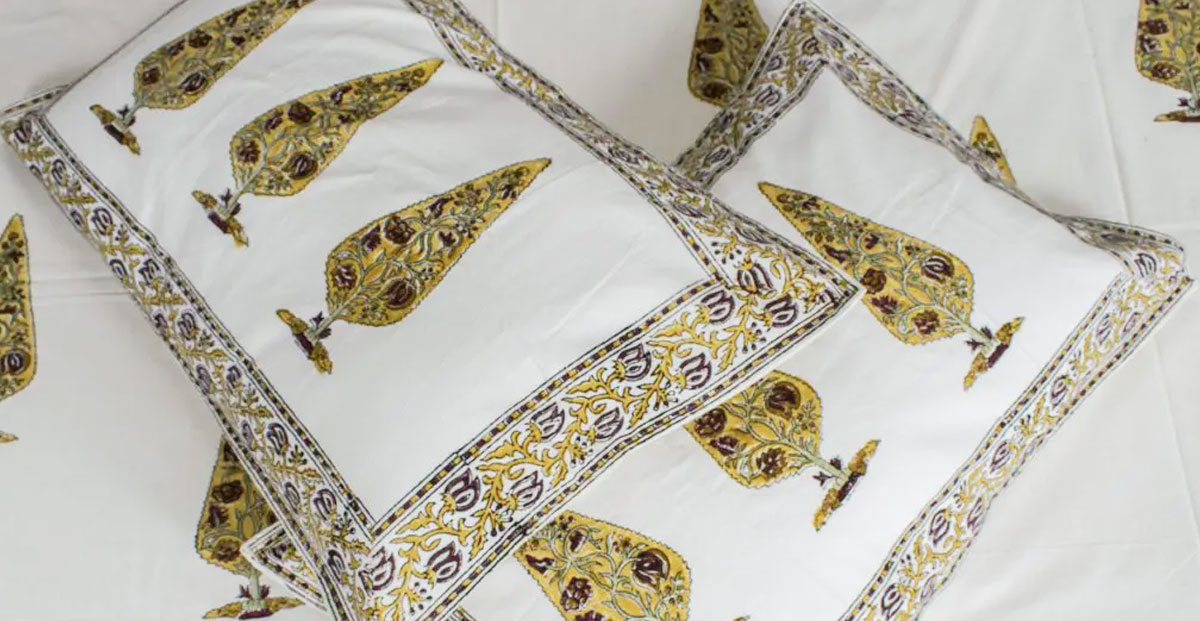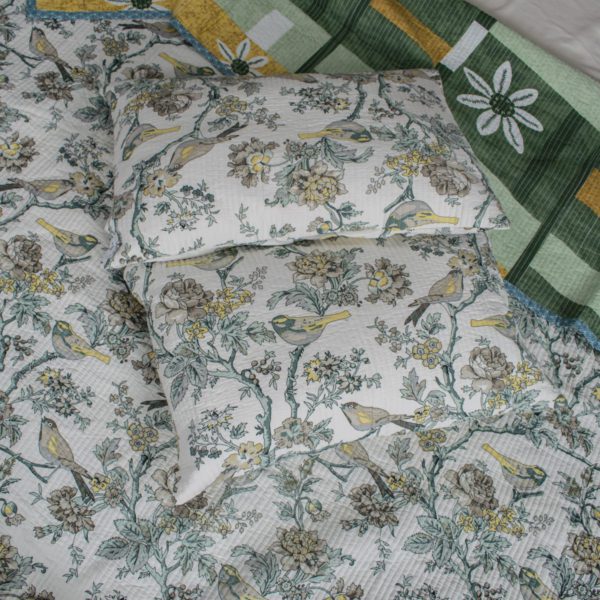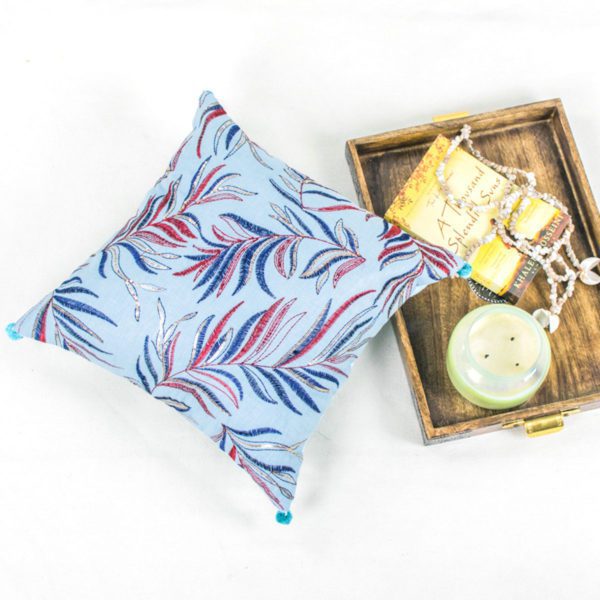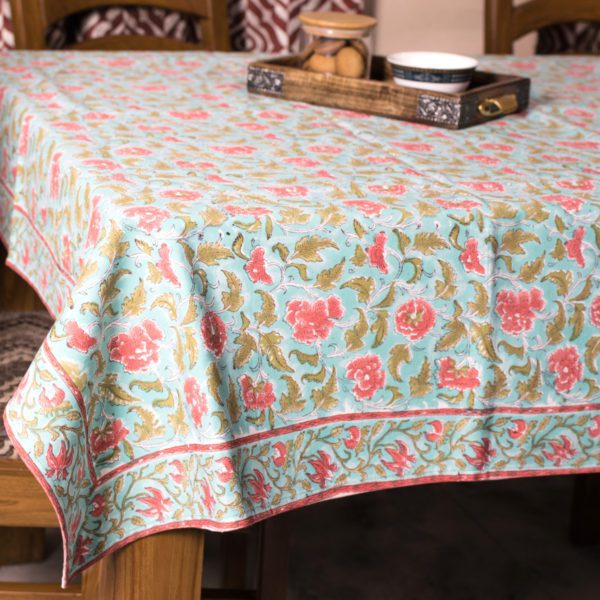
Introduction:
India has a long and fascinating history of hand block printing, which dates back to the 12th century. This traditional art form has been passed down through generations, and today, it continues to thrive in different parts of the country. In this blog, we will explore the different types of block printing, the tools and techniques used, and how this art form has evolved over time.
Historical background of hand block printing.
Before spreading throughout Asia and the rest of the world, block printing is said to have started in China more than 4,000 years ago. But the Diamond Sutra, a book that was published 300 years before the Gutenberg Bible, has the oldest evidence of block printing—not on fabric, but on paper. But the tale of India’s ascent to the pinnacle of block printing is complicated.
Block printing is a skill that has a long history and is said to have started in China in the third century. Its existence was discovered in Egypt and other regions of Asia in the fourth century, from which it migrated to Europe and the rest of the world. The Diamond Sutra, which is presently on display at the British Museum in London, is the earliest example of a block print with a known date. It was created in 868 AD. The south, east, and west coasts of the Indian subcontinent were among the locations recognized for their printed textile production in the 12th century. On the southern shore, the prints were transferred to cloth using a pen or kalam (brush).
Gujarat developed into a center for printed fabrics employing specialist blocks, while Rajasthan saw its own particular development of cotton printing and dyeing. The seasons, which controlled the textile operations of spinning, weaving, printing, and dying, as well as the celebrations that fostered its development, were crucial to the craft’s development.
According to historical documents, the earliest block printing techniques were developed in China in the third century AD. These ancient blocks were originally only used to print on cloth; it is believed that paper was first used for block printing in the 7th century.
Types of Hand Block Printing:
There are several different types of block printing that have been developed in different parts of India over the centuries. Some of the most popular ones include:
- Bagh Print is a traditional hand-block printing technique that originated in Bagh, a small village in Madhya Pradesh. The technique involves printing on white fabric using natural dyes made from vegetables, spices, and fruits. The fabric is then washed multiple times to achieve vibrant colors and a soft texture. Bagh prints are known for their intricate designs and bold colors.
- Dabu Print is also a traditional hand block printing technique that involves applying a mixture of mud and gum to the fabric, which is then block printed with natural dyes. The mud mixture resists the dye and creates a unique pattern on the fabric. Dabu prints are commonly found in Rajasthan and Gujarat and are known for their earthy tones and simplicity.
- Ajrakh Print is a complex technique that involves multiple stages of printing and washing to achieve intricate designs and vibrant colors. This printing technique originated in Gujarat and is popular in Pakistan as well. Ajrakh prints often feature geometric patterns and natural motifs and are known for their use of indigo and madder dyes.
- Kalamkari Print is a traditional hand-block printing technique that originated in Andhra Pradesh. The technique involves painting on the fabric using natural dyes made from plants, which are then block-printed with intricate designs. Kalamkari prints are known for their use of storytelling and mythology through detailed designs.
- Sanganeri Print is a popular hand-block printing technique from Rajasthan that features delicate floral and paisley patterns. The prints are known for their use of bright colors and detailed designs. Sanganeri prints are often used to make bedspreads, curtains, and other home decor items.
Tools and Techniques of Hand Block Printing:
Block printing requires a lot of skill, patience, and attention to detail. Here are some of the tools and techniques used in this art form:
1. Wooden Blocks: The wooden blocks used in block printing are hand-carved and can take several hours to make. They are made from different types of wood, such as teak, rosewood, and mango wood.
2. Natural Dyes: Most block printers use natural dyes made from plants, fruits, and vegetables. These dyes are eco-friendly and give the fabric a unique, organic look.
3. Printing Process: The printing process involves applying ink to the wooden block and then pressing it onto the fabric. The printer needs to be careful not to smudge the design or apply too much pressure.
Conclusion:
Hand Block printing is a beautiful and intricate art form that has been a part of India’s cultural heritage for centuries. It is amazing to see how this art form has evolved over time and is still being practiced by artisans today. We hope this blog has given you a glimpse into the rich history of block printing in India and has inspired you to appreciate this beautiful art form even more.
Hand block printing is a labor-intensive but beautiful printing technique that produces unique and intricate designs. Each type of hand block printing has its own unique set of benefits and characteristics, making it a valuable part of India’s rich textile heritage.
Some beautiful products recommendation for your home:
-
Product on sale
 Jaipuri Reversible BedcoverOriginal price was: ₹ 3,200.00.₹ 2,999.00Current price is: ₹ 2,999.00.
Jaipuri Reversible BedcoverOriginal price was: ₹ 3,200.00.₹ 2,999.00Current price is: ₹ 2,999.00. -
Product on sale
 Mint Green Kantha Cushion CoverOriginal price was: ₹ 249.00.₹ 199.00Current price is: ₹ 199.00.
Mint Green Kantha Cushion CoverOriginal price was: ₹ 249.00.₹ 199.00Current price is: ₹ 199.00. -
Product on sale
 Blue Embroidered Cushion CoverOriginal price was: ₹ 549.00.₹ 399.00Current price is: ₹ 399.00.
Blue Embroidered Cushion CoverOriginal price was: ₹ 549.00.₹ 399.00Current price is: ₹ 399.00. -
Product on sale
 Colors of India 6 Seater Table ClothOriginal price was: ₹ 2,499.00.₹ 1,999.00Current price is: ₹ 1,999.00.
Colors of India 6 Seater Table ClothOriginal price was: ₹ 2,499.00.₹ 1,999.00Current price is: ₹ 1,999.00.

